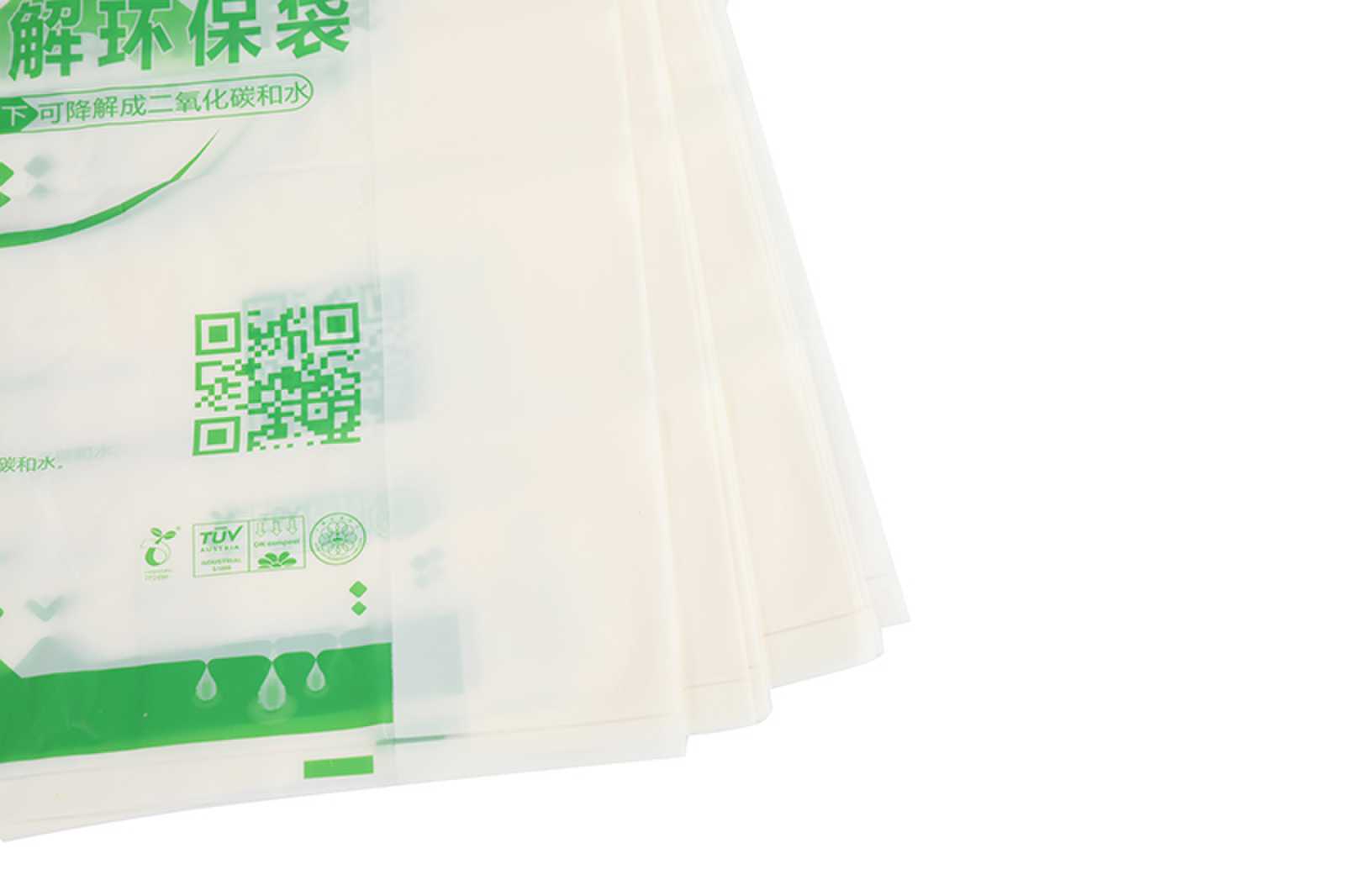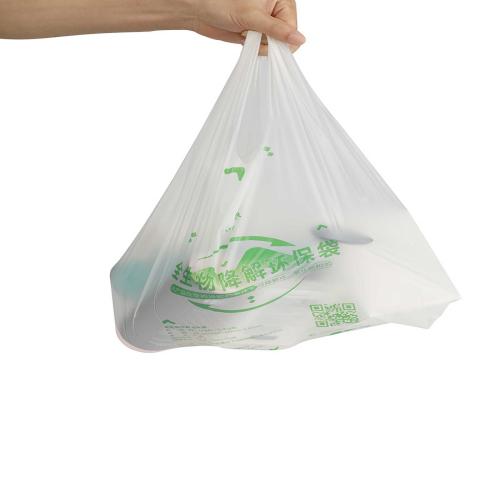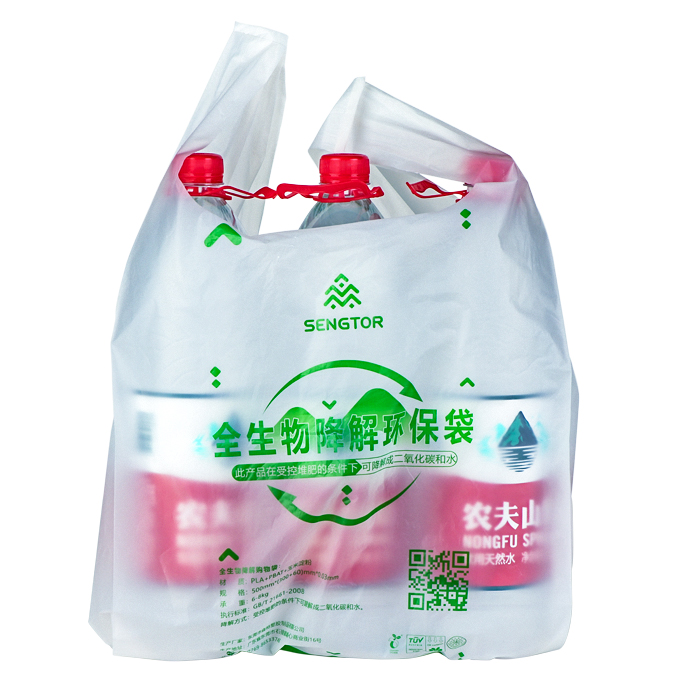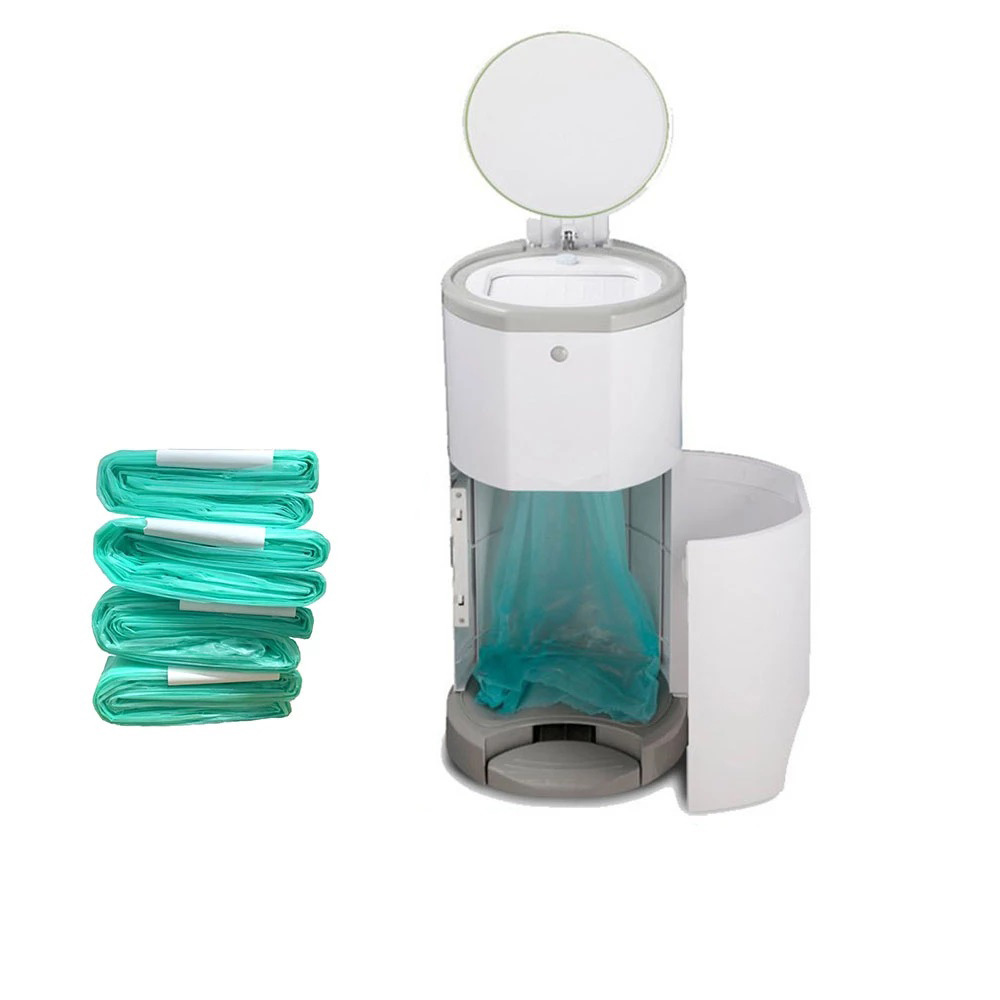Company News
Now, the work of using carbon dioxide as the basic raw material to manufacture fully decomposable resin materials and foamed plastics is gradually oriented, setting off a wave of research on biodegradable plastic bags worldwide. In addition to being used as packaging materials, biodegradable plastics have good biocompatibility and biodegradability, so they are also very common in the medical field.
Biodegradable plastic bags refer to the microorganisms such as bacteria, bacteria, Mold and algae cause degradation, and finally completely degrade into plastic bags of carbon dioxide (CO2) or/and methane (CH4), water (H2O) and mineralized inorganic salts of elements contained therein, as well as new biomass.
Polylactic acid (PLA) is a new type of biodegradable material. At present, more biodegradable plastic bagmaterials are used, which are made of starch raw materials proposed by using renewable plant resources (such as corn). With good biodegradability, it can be completely degraded by microorganisms in nature after use, and finally generate carbon dioxide and water without polluting the environment. This is very beneficial to protecting the environment and is recognized as an environmentally friendly material.
The degradation of polylactic acid PLA is divided into two stages: 1) first, pure chemical hydrolysis into lactic acid monomer; 2) lactic acid monomer is degraded into carbon dioxide and water under the action of microorganisms. Food cups made of polylactic acid can be completely degraded in only 60 days, truly achieving the dual effects of ecology and economy.
Another commonly used biodegradable plastic bag material, PHA, is usually used in the surgical field to make biological materials, such as surgical test papers, bandages, and lubricant powder for surgical gloves. Blood-compatible membrane products can also be made. It can also be used as vascular grafts, vascular substitutes and crack fixation plates, etc. In addition, new medical materials such as bone plates, bone nails, and three-dimensional scaffolds can also be applied to tissue engineering.
It is predicted that by 2010, the market demand for biodegradable plastics around the world will increase by 30% per year. By 2010, the market size of biodegradable plastics will increase to 1.3 million tons, and the production capacity will reach 1 million tons. Not only the United States, Germany, Italy, Canada, Japan and other countries, but my country will also become the main country producing biodegradable plastics.






